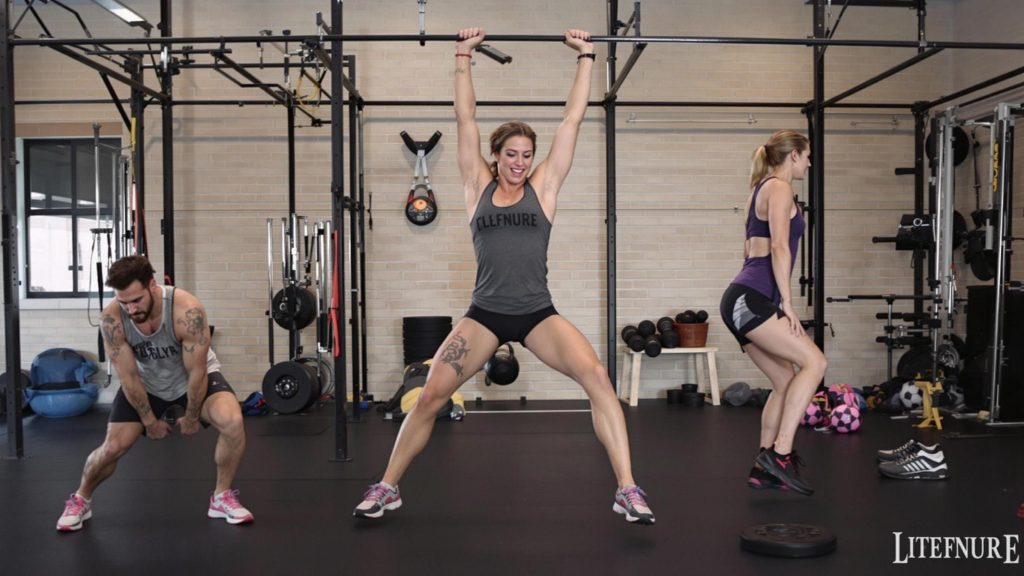You can train hard, count macros, and chase burn, but results stall if your hormones are out of sync. Fundamental body transformation begins with hormonal alignment, not punishment-based workouts.
Hormones control nearly every biological function related to body composition and energy metabolism. Ignoring them means working against your biochemistry.
The Hormone–Fitness Connection
Hormones are the architects behind muscle tone, fat distribution, recovery speed, sleep depth, and even motivation to work out. Estrogen regulates fat storage and insulin sensitivity; testosterone and growth hormone fuel muscle repair and lean mass gain.
Cortisol manages energy mobilization. A workout plan that supports hormonal flow—not disrupts it—leads to lasting physical change.
Symptoms of Hormonal Imbalance That Sabotage Your Fitness
You’re training, eating clean, even sleeping, but the mirror doesn’t change. Your pants feel tighter, not looser. Here’s what may be happening:
- Stubborn belly fat that resists calorie cuts
- Fatigue post-workout instead of an energy boost
- Blood sugar spikes and cravings after training
- Poor recovery or recurring injuries
- Sleep disruption and heightened anxiety
- Irregular periods or loss of menstrual cycle (amenorrhea)
These signs don’t mean you need more discipline—they signal internal dysregulation.
Common Mistakes in Workouts That Worsen Hormones
Many women and men unknowingly sabotage their progress with strategies that increase hormonal stress:
- Excessive cardio sessions that spike cortisol
- Daily HIIT workouts with no variation or rest
- Ignoring biofeedback cues like fatigue or sleep loss
- Lifting heavy while under-eating
- Training hard during PMS or low-energy phases
These habits push the endocrine system into survival mode, prioritizing fat storage and inflammation over lean gains and vitality.
The Science of Hormonal Adaptation Through Exercise
Adaptation—not exhaustion—is the gold standard. When you match intensity with recovery and time your training with hormonal windows, you stimulate the hypothalamic-pituitary-adrenal axis positively.
That means better thyroid function, healthier ovulation, lower cortisol, and more stable blood sugar. Efficient workouts elicit an intense but brief hormonal response and end with restoration.
Balancing Cortisol: Less Is More
Cortisol is necessary—it wakes you up, gives you drive, and helps burn fat. But when it is chronically elevated due to poor training choices, it becomes catabolic. That means muscle breakdown, stubborn belly fat, and metabolic slowdown.
Instead, include workouts that train the nervous system to shift into parasympathetic (rest-and-digest) mode immediately after exertion.
Best Time of Day to Work Out for Hormonal Harmony
Train smarter by choosing time slots that align with your hormonal patterns:
- Morning: Cortisol is naturally high—ideal for mobility, yoga, or light strength
- Midday: Testosterone peaks—great time for heavy resistance or HIIT
- Evening: Hormones begin prepping for sleep—avoid overstimulating movement
Tailoring workouts to your natural rhythms enhances hormonal synergy instead of triggering imbalance.
Phase-Based Fitness: Syncing with Your Menstrual Cycle
Cycle syncing is a powerful tool. It allows you to harness hormonal strengths while respecting physiological shifts.
- Menstrual (Days 1–5): Gentle yoga, stretching, meditation
- Follicular (Days 6–13): Strength training, cardio bursts, challenging new movements
- Ovulatory (Days 14–16): Peak energy—opt for intense workouts, PR attempts, power-based training
- Luteal (Days 17–28): Back off intensity—focus on strength maintenance, yoga, walking
When you train with your body instead of against it, fat loss, mood, and performance all improve.
Workout Plan Overview: 4 Weeks of Hormone-Smart Movement
This plan supports endocrine restoration and physique refinement in tandem. Four unique phases address stress, build strength, burn fat, and promote recovery—designed to enhance hormonal adaptation at every level.
Week 1: Restore & Reset (Low-Impact Foundation)
- Daily 10–15 min mobility sessions
- Yin or restorative yoga 3x/week
- Breathing drills or vagus nerve stimulation (humming, cold splash, chanting)
Why it works: It primes your nervous system, lowers inflammation, and prepares your joints and fascia for upcoming work. This week is critical for cortisol recalibration and adrenal rest.
Week 2: Strength & Stability (Build Hormone Sensitivity)

- 3 full-body resistance workouts (band or dumbbell)
- Glute, pelvic floor, and core integration sessions
- 1–2 brisk walks to enhance lymph flow
Why it works: Resistance training boosts lean mass, improves insulin sensitivity, and supports ovulation via progesterone balance. This is the metabolic foundation week.
Week 3: Ignite & Burn (Boost Metabolism Naturally)

- HIIT workouts 2x/week (20 minutes max)
- Resistance + cardio combo sessions
- Rebounding or dance for lymph activation
Why it works: Short bursts of intensity increase growth hormone and catecholamines, torching fat without taxing the thyroid or adrenals. This is your metabolic ignition point.
Week 4: Realign & Rejuvenate (Hormonal Reset Week)
- Pilates, barre, or fascia mobility workouts
- Lymphatic drainage support (dry brushing, bouncing, light sauna)
- Gentle walking + gratitude journaling
Why it works: This phase enhances detox pathways, balances nervous system tone, and brings hormones back to baseline, preventing burnout and plateaus.
The Role of Rest Days and Recovery Windows
No results come from overtraining. Two full recovery days per week—plus daily micro-rests (breathwork, stretching, foam rolling)—improve progesterone levels and stabilize cortisol output. Active recovery enhances long-term gains far more than grinding harder.
How to Customize Based on Thyroid, PCOS, or Menopause
Hypothyroidism: Prioritize consistent, lower-impact strength with ample rest. Avoid fasted workouts or intense cardio.
PCOS: Strength training + blood sugar-friendly intervals are ideal. Keep cortisol in check and prioritize liver support.
Menopause: Mix lifting (to protect bones and muscle mass) with restorative modalities to soothe the nervous system and regulate weight gain.
Nutritional Synergy: Eating Around Your Workouts
Fueling at the right times enhances hormone support:
- Pre-workout: 1 tbsp nut butter + ½ banana or a protein smoothie
- Post-workout: 25–30g clean protein + fiber (wild-caught fish, quinoa, leafy greens)
Avoid fasted training if dealing with adrenal issues, low thyroid function, or blood sugar imbalances.
Hydration, Electrolytes, and Hormone Function
Hormones circulate in the fluid. Dehydration can impair thyroid function, delay recovery, and increase cortisol. Add:
- Pinch of sea salt
- Coconut water or cucumber-infused water
- Trace minerals post-exercise
Proper hydration enhances detoxification and reduces post-workout fatigue.
Sleep + Movement: The Ultimate Endocrine Duo

Consistent exercise boosts deep sleep. Deep sleep rebuilds hormonal equilibrium. Wind down after training with:
- Blue-light blocking
- Magnesium glycinate
- Deep belly breathing
Aim for at least 7–9 hours of undisturbed rest nightly to repair tissue and reset hormones.
Tracking Results Without Obsession
Skip the scale—it can’t accurately measure hormone shifts or lean mass gains. Instead, track:
- Menstrual cycle health
- Libido and sleep quality
- Mood and cravings
- Recovery speed
- Strength benchmarks and posture
These are the objective markers of transformation.
Final Words: Sculpted, Strong, and Hormonally Balanced
Fitness isn’t about punishment. It’s a recalibration of your energy systems. This hormone-aligned plan doesn’t just change your body—it helps you reclaim vitality, clarity, and confidence. When you move in sync with your biology, you don’t just get lean—you get luminous.
Special Diet Cookbooks
Affiliate Disclosure: This article contains affiliate links. If you click and purchase, I may earn a small commission at no extra cost. This helps support content creation while providing you with trusted product recommendations.

